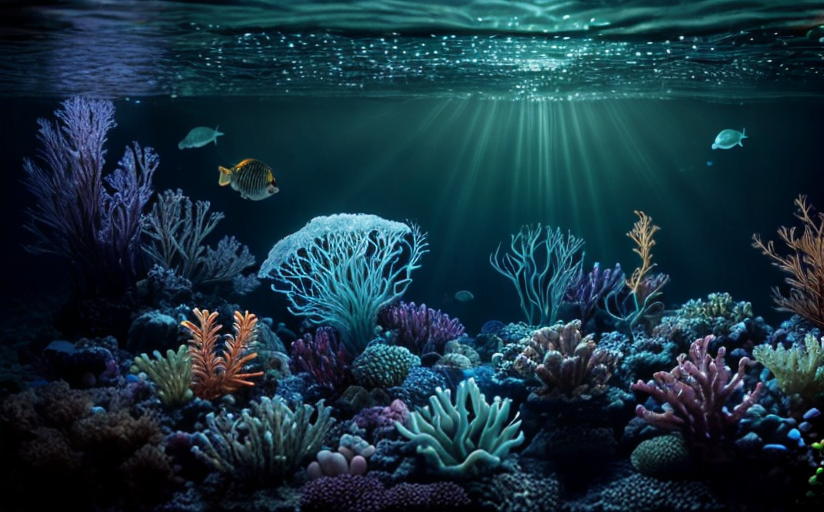Marine Bioluminescence: An Exploration of a Luminous Underwater World
Marine bioluminescence, an extraordinary natural phenomenon that manifests as a soft glow from countless organisms in the ocean depths, plays a significant role in shaping underwater ecosystems.
Bioluminescence: The Biological Process
Bioluminescence, a natural phenomenon most common in marine species, is the emission of light by a living organism. It is a result of a biochemical reaction wherein a substance called a luciferin is oxidized, usually by an enzyme called luciferase, resulting in the emission of light.
Marine Species that Exhibit Bioluminescence
A wide range of marine species exhibit this fascinating glow-in-the-dark feature. These species include microscopic plankton, a variety of fish such as the lanternfish and anglerfish, as well as invertebrates including squid, jellyfish, and certain species of shrimp.
Bioluminescent Mechanisms
Bioluminescence mechanisms differ among species. In some cases, bioluminescence is used as a defense mechanism to blind predators or to distract them by lighting up a cloud of bioluminescent material, like a smokescreen. Some use it as a lure to attract prey or potential mates. Still, others use bioluminescence for camouflage, where the light helps them blend in with the ambient light from above, making them invisible from below.
Impact on Marine Biodiversity and Ecological Dynamics
Bioluminescence affects marine biodiversity and ecological dynamics in significant ways. It assists species in communication, predation, and mating behaviors which, in turn, influences population dynamics and distribution patterns.
Effects of Climate Change and Human Activities
Human activities and climate change pose significant threats to bioluminescent species. Pollution, for example, can disrupt these species' biochemical reactions, on which their light emission depends. Climate change, meanwhile, can modify the distribution of species and even lead to the extinction of certain bioluminescent species, disrupting the ocean's ecological balance.
Current Research
As the mysteries of marine bioluminescence continue to unravel, researchers are finding potential applications of this intriguing phenomenon in fields as diverse as medicine, technology, and environmental science. For instance, bioluminescent proteins have been deployed as a tool to track the spread of diseases inside the body and in genetic engineering. And these are just the beginnings.
Indeed, the exploration of marine bioluminescence is a fascinating journey that goes far beyond just uncovering the secrets of the incredible glow-in-the-dark world beneath the ocean's surface.



















Comments
Leave a Comment